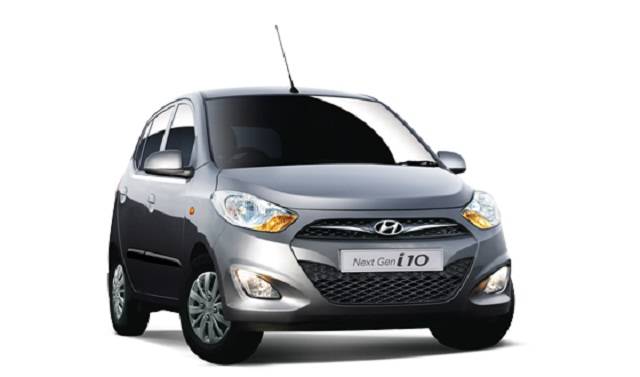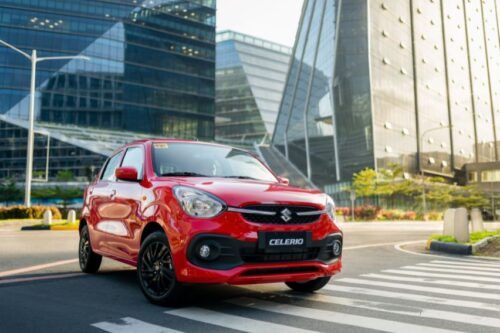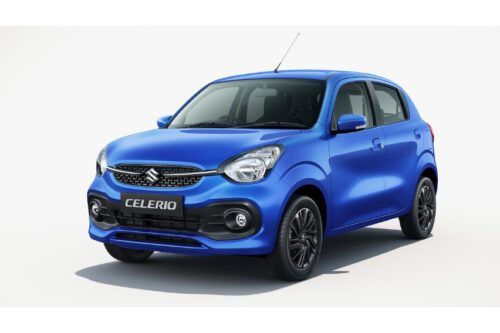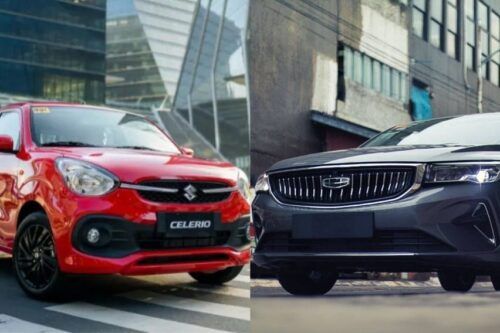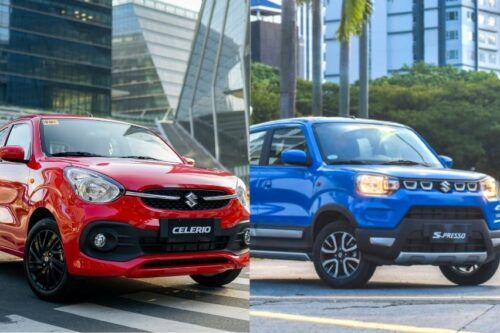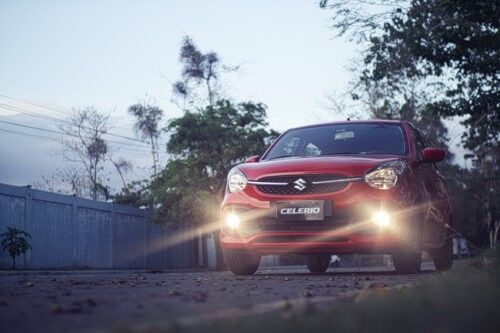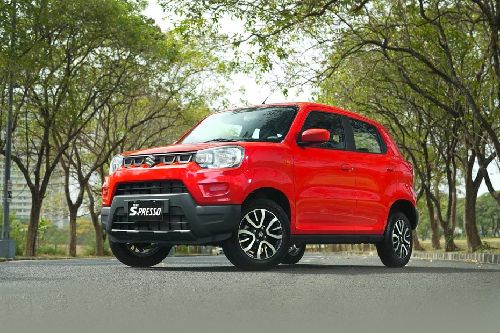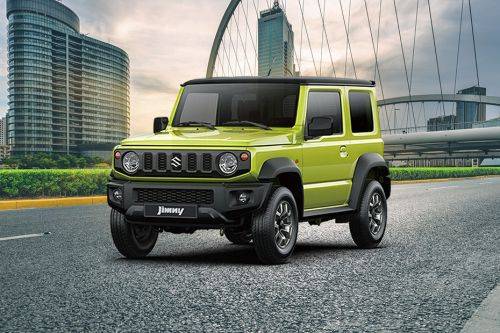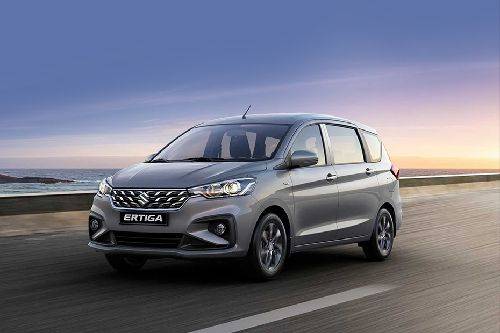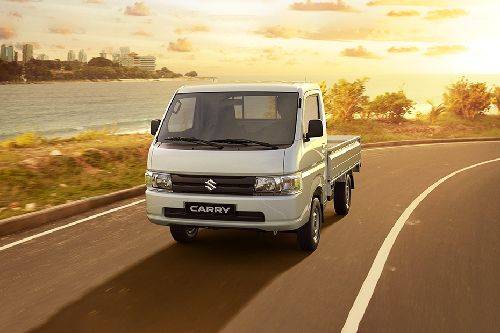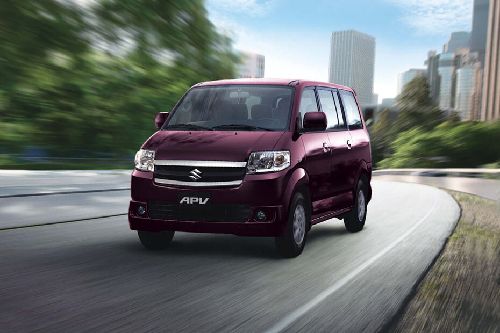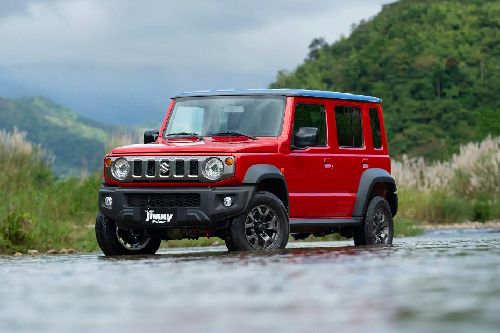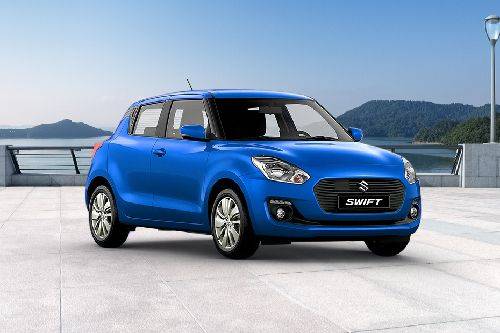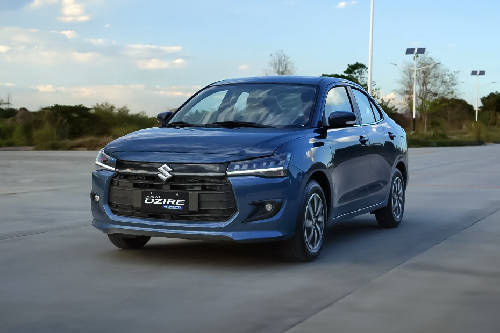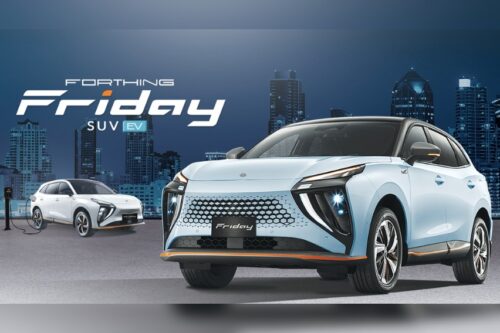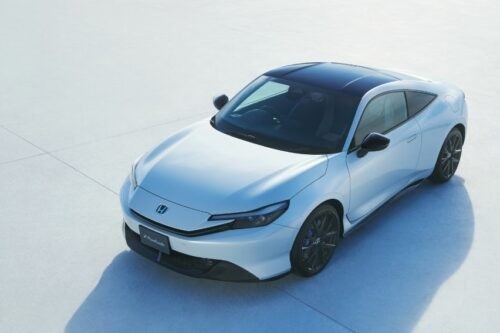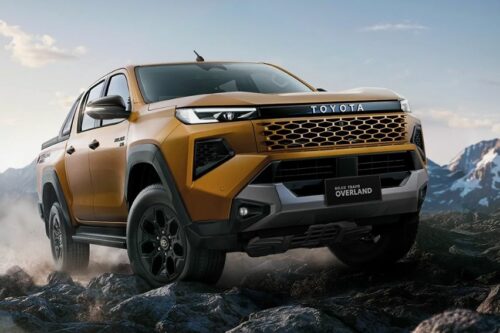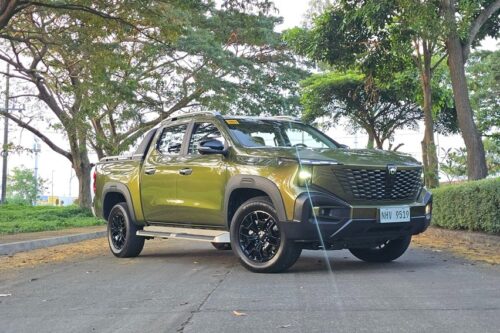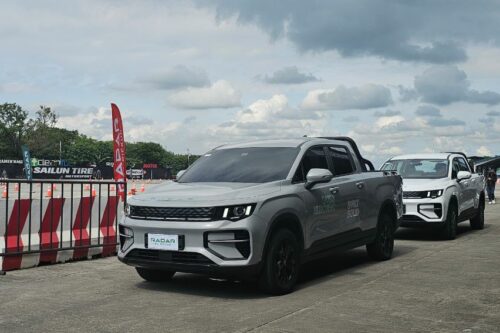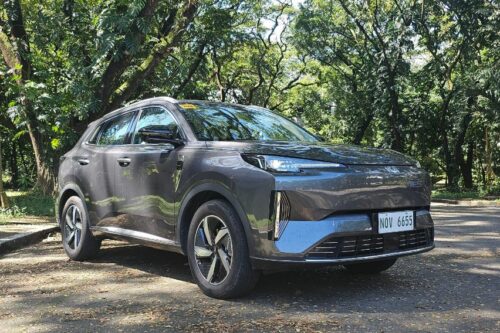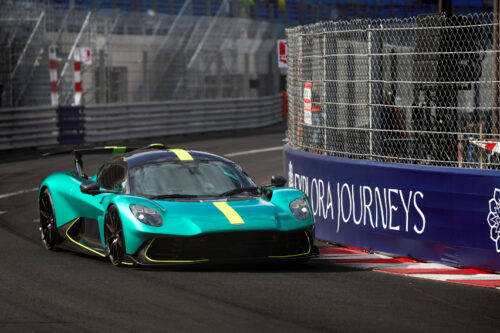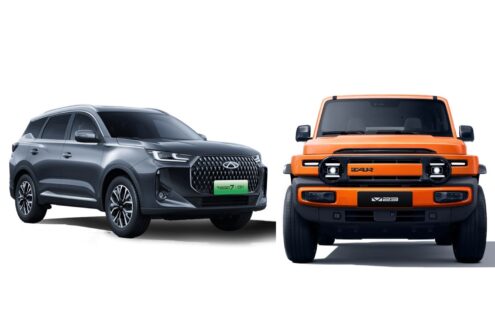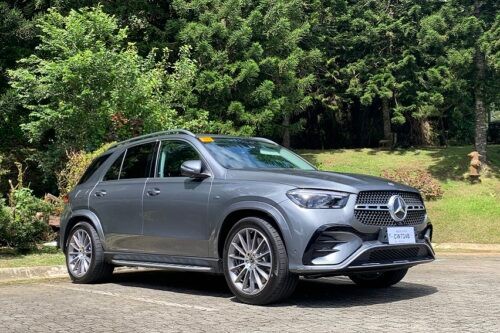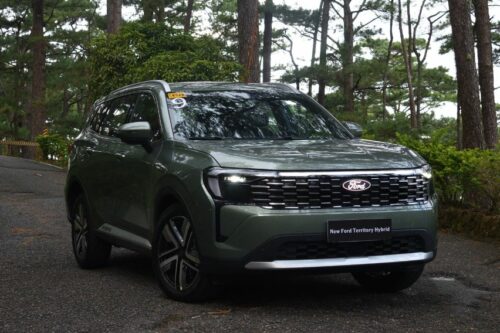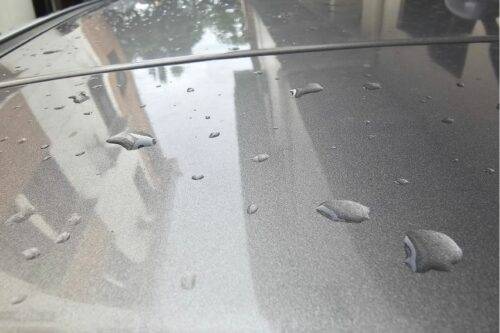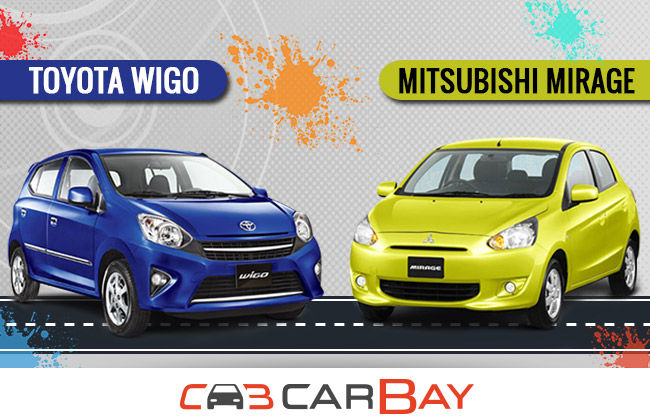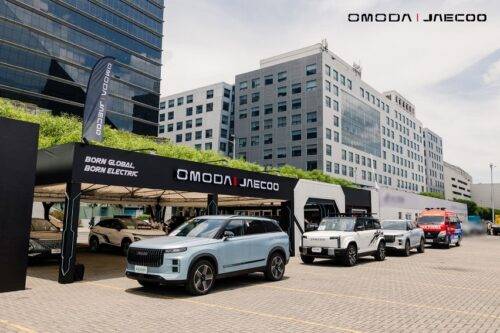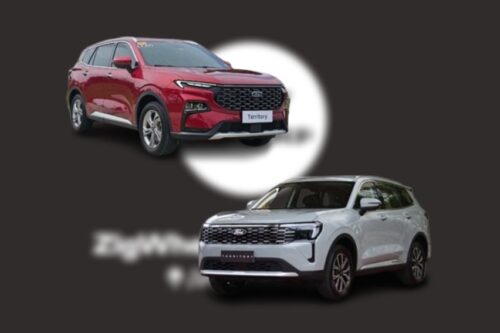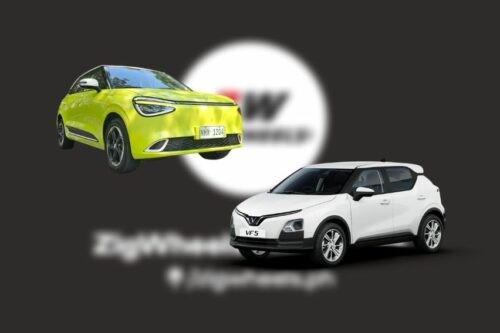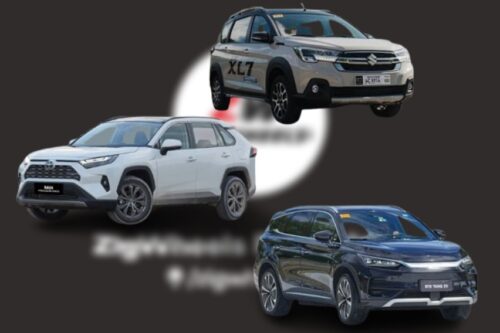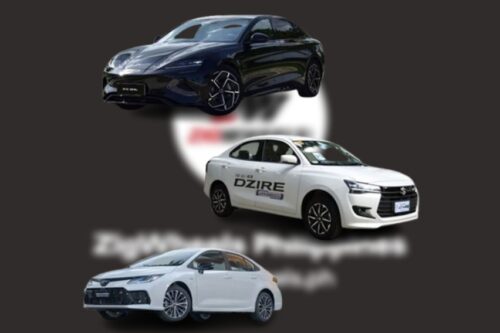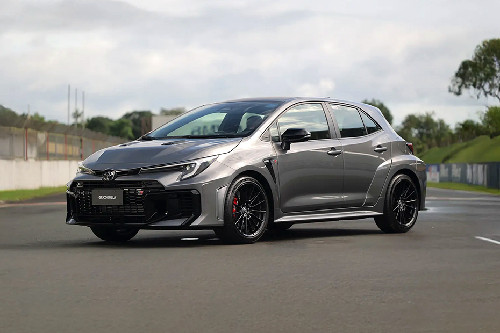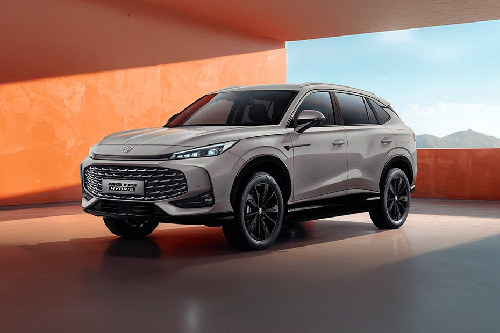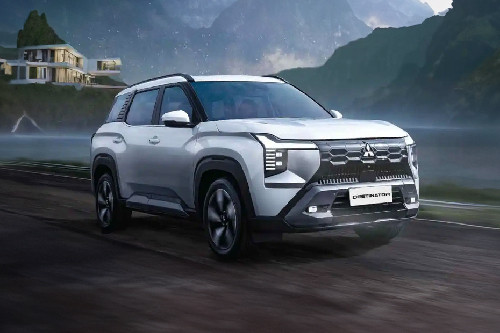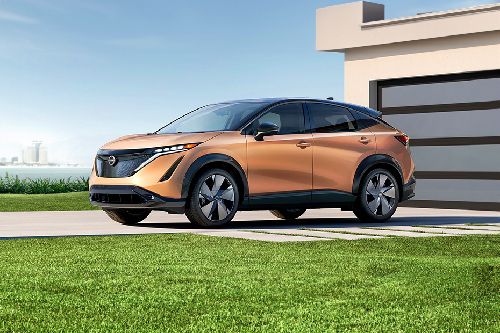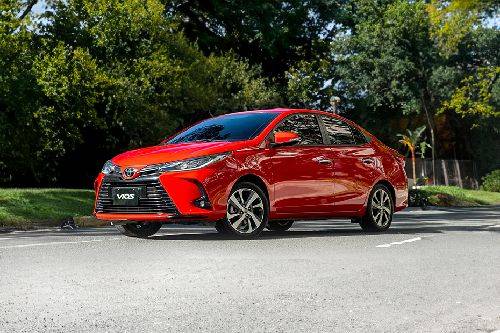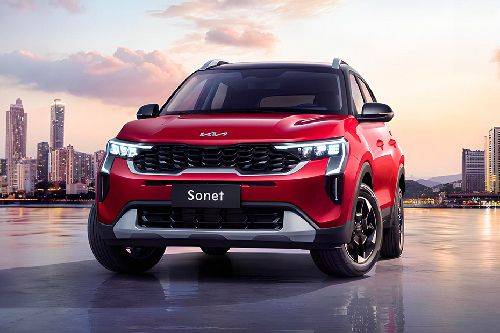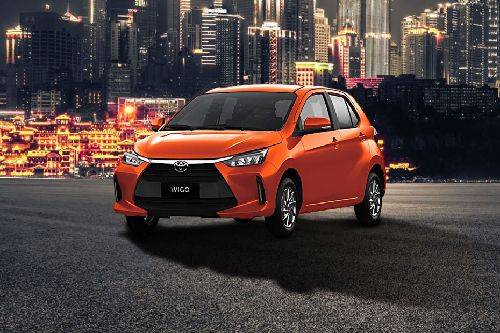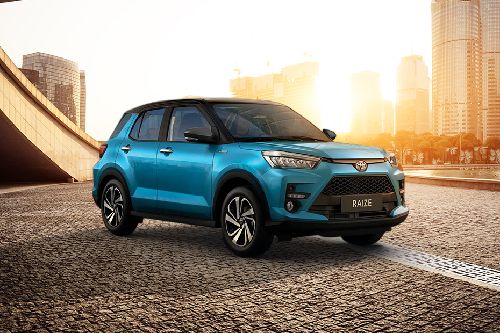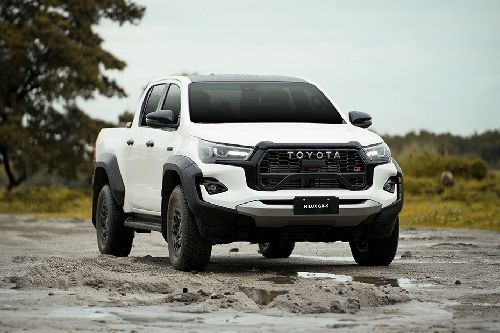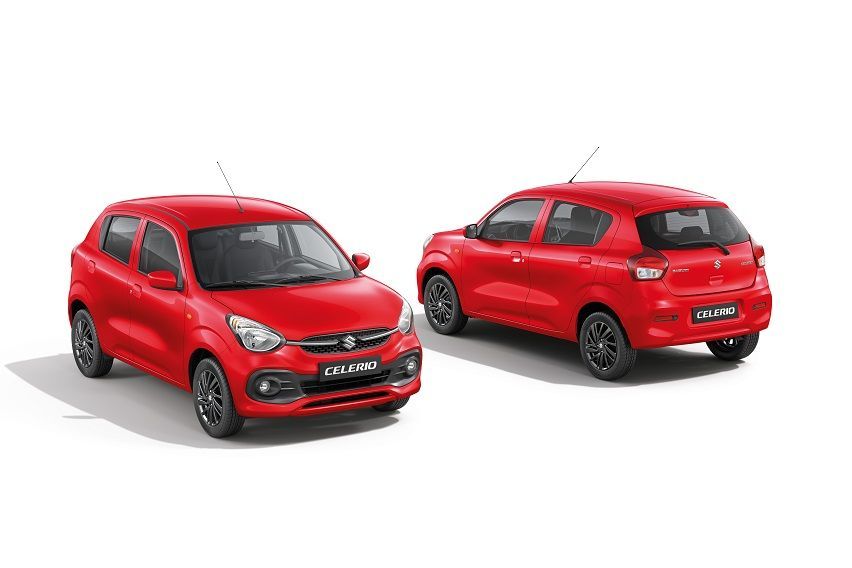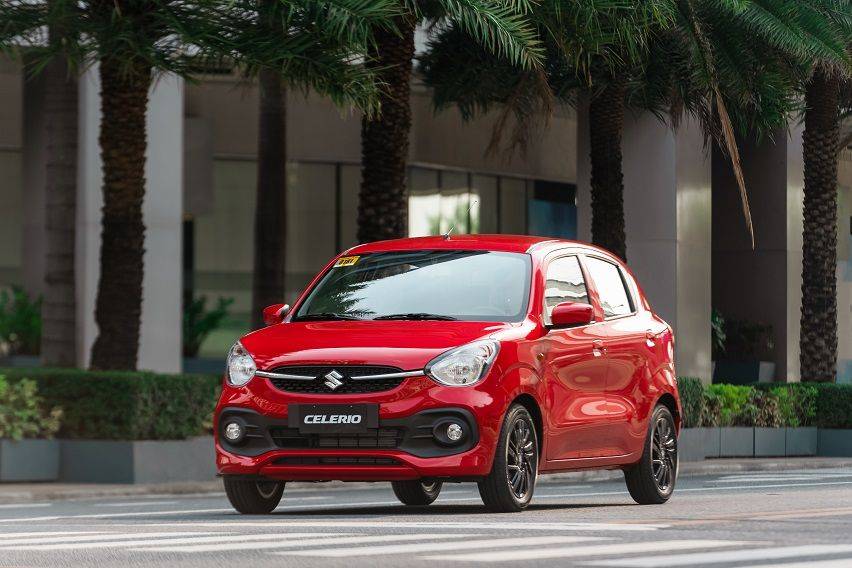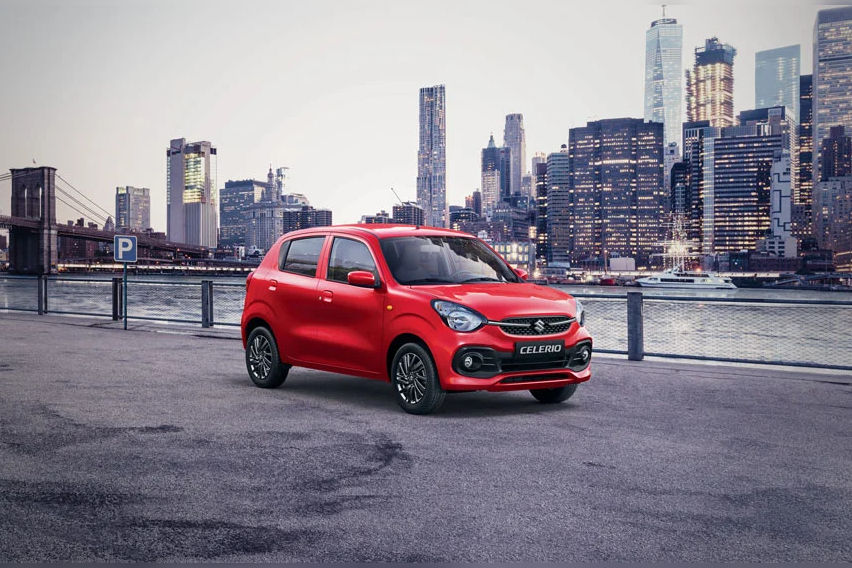Hyundai i10 vs Suzuki Celerio - The Litre-Class Hatch Battle!
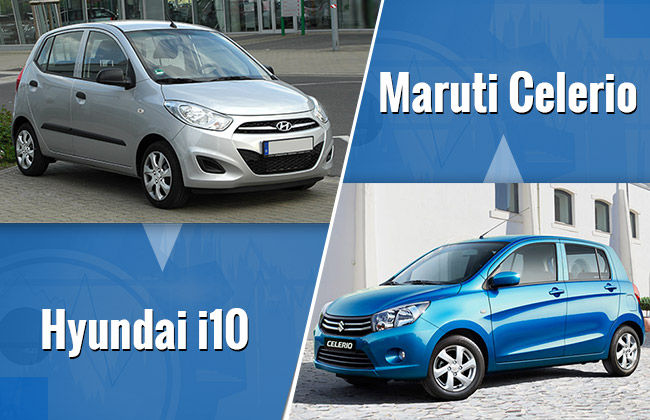
We Filipinos love our sedans, a fact that straightaway reflects in the monthly sales figure of the Philippines Automotive Market where the Sedan segment has managed to repeatedly earn the maximum number of sales. But irrespective of how hard we claim Sedans to be the ideal vehicle architecture, there is a segment which proudly boasts of practicality and ease of ownership - Hatchbacks. The fact that hatchbacks are light on your pocket, easy to park, and extract better fuel efficiency make them highly enticing for an average customer. And with this in mind, we at CarBay give you a comprehensive comparison between two 1-litre hatchbacks - the Suzuki Celerio vs the Hyundai i10.
But why these two? Well, though there are a few hatches in the Philippines that have engine capacity lower than 1-litre, we believe that the main customer volumes are inclined towards the car that have a larger displacement. Hence, the entry-level 1-litre hatchback segment can be termed as an important part of the car industry. Thus, we pit two of the most prominent market players in this range, the Celerio and the i10, in a battle of the hatches, in order to let you know what car is worth your hard earned money.
But before we begin, let's address the most important factor - Price. Both these cars are offered with two transmission options, a Manual and an Automatic. In order to understand what the pricing arrangement is, refer to the following table:
This clearly shows that both the cars get very similar price tags, with the Hyundai being just a bit costlier than its Suzuki rival. But does it deliver enough value to overcome the minuscule price difference? This is what we try to find out through the following parameter-wise comparative.
Exterior Design and Looks
Looks are a subjective affair, and what looks ugly to someone might suit the tastes of others. But both the Celerio and i10 have been given their looks in order to appeal to a specific set of customers.
Suzuki seems to have played it safe with the Celerio’s looks, as there is clear absence of any prominent cuts, creases and contours on the body of the Suzuki Celerio. It gets a slight boxy face, with plain headlight assemblies that have been given apt blacked out inserts to add a bit of contrast. The two headlights assemblies are joined by a twin-slat chromed front grille, that houses the Suzuki S Insignia at the centre. The front bumper gets slightly bulged out appearance on the sides, and accommodates an air dam and tiny circular fog lamps. Move to the side, and everything still looks plain, with the only design element being a prominent character line that sweeps below the window area. The tail end is bound to remind you of the Alto, and continues to adorn the simple design theme of the entire car. All in all, the Celerio is a design that will appeal to a much wider audience.
One look at the i10 is enough to let you know that it is a modern design, especially in comparison to that of the Celerio. Designed in-line with the brand’s Fluidic design philosophy, the i10 is a host to ample cuts and creases, that add dynamism to the car’s character. The front face gets the famous hexagonal mouth, that houses the chrome-lined front grille, number plate area, and the air dam. The swept-back headlamps look nice, and add a contemporary appeal to the car. The fog lamps too are larger units, and are moulded in larger housings as compared to the Suzuki. When viewed from the side, the i10 too can look outdated, but the 14-inch alloys do look elegant. The rear too has been nicely crafted, but the roof mounted spoiler with the third stop lamp, and large taillight assemblies look modern and fresh.
CarBay Verdict : Like we mentioned, the Hyundai i10 is a youthful design, that looks of this era and comes loaded with plenty of character lines. This is the one we would go for in the design department.
Interior Fit and Finish
Interiors are a very important part of a vehicle, as this is where you will be spending the majority of time with your new car. And in this aspect, the difference between our two contenders is humongous.
Suzuki Celerio
The Celerio gets an all-black dash, that features an upright design. While this is indeed an easy to use layout, it isn’t very aesthetically pleasing. The Steering wheel looks nicely finished, and is similar to the one offered with the Suzuki Swift. But that's about it! The overall quality of materials used in the dashboard makes it feel very plasticky, while some panels feel crudely finished. The Wiper and Indicator stalks are cheaply fabricated, and don’t appear to last the distance. Moreover, since the entire cabin has been finished in dark black, occupants can feel claustrophobic inside the cabin. The Celerio is also loaded with a 2-DIN music system, that sounds good and supports all major media inputs like USB, AUX, Etc. But the tactile feel of the knobs and buttons of the instrument cluster lack finesse.
Hyundai i10
Enter the cabin of the Hyundai i10, and you are bound to be left dazzled. The sheer quality of plastics used makes it feel like a car of a segment above. In terms of layout, the Celerio might be termed as a better dash design than the i10, but the latter trumps its Japanese rival when it comes to fit and finish. The dark brown dashboard looks immaculate for a car of this segment, and there is no hard plastic that you might feel to be looking out like a sore thumb. Subtle contrasting panels placed in the centre of the dash add elegance, while the 2-DIN music system too gets a silver surround.
CarBay Verdict: There is no doubt about the winner once you sit inside the cabin. If interiors are at a higher priority in your bucket list, the i10 is the car to go for. Tremendous job Hyundai!
Space and Practicality
Living with a car is a long-term relationship, and hence your choice should boast of practicality and space.
Suzuki Celerio
This Suzuki hatchback is a perfect example of what an ideal ownership experience is. The tallboy design ensures that there is ample headroom available inside the cabin, while the front occupants will have enough knee room, thanks to long travel range of the front seats. The rear too has been intelligently designed, as the back rest of front seats has been scooped out to liberate enough knee room for the rear occupants as well. Then there are the storage spaces and cubby holes, that go a long way to enhance your ownership experience, as your belongings can be easily stored in dedicated slots, eliminating any chances of they being scattered around in the car. In addition to the space on offer, the Celerio gives a decent fuel economy of around 16 kmpl.
Hyundai i10
The i10 is a sufficiently spacious car, but when slotted in a head-on competition with the Celerio, it lacks the sense of airiness that the Suzuki manages to provide. This can be attributed to the fact that the i10 has a smaller window area as compared to the Celerio, that makes it a bit more claustrophobic. Moreover, the i10’s engine is a fuel guzzler, as many owners have reported an economy figure as low as 12 kmpl.
CarBay Verdict: There is no doubt about the fact that the Suzuki Celerio is a better car to live with, as compared to its Korean counterpart, thanks to its higher fuel economy and an enhanced cabin space.
Engine and Mileage
What is the most important element of a car? It is, what is placed under the hood. So how do these Korean and Japanese rivals fare in this department?
Suzuki Celerio
The Celerio is powered by Suzuki’s famous 1.0-litre K10 petrol engine, that churns out 68 hp of power and a peak torque of 90 Nm. This engine can be opted with either a 5-Speed MT or a CVT. This gives the customers an option to choose their transmission depending on their personalized needs. With a weight of around 900 kgs, the Celerio has enough grunt to propel itself from any condition you throw at it. Moreover, both gearbox options are highly refined and precise, and thus you will find yourself in the correct gear every time you need to attack an empty stretch of road. It is also one of the most refined 1.0-litre engine currently on offer. Additionally, a fuel economy figure of around 19 km/l is a boon to the Celerio’s budget-friendly image.
Hyundai i10
On paper, the Hyundai i10 goes in competition with the Celerio on an aggressive foot, but things just don’t translate positively for the Korean hatchback in real life conditions. The i10 is powered by a slightly larger 1.1-litre petrol engine, but the power figure is nearly identical to that of the Celerio (68 hp), while torque is increased to 99 Nm. The i10 also gets two gearbox options: a 5-speed MT and a 4-Speed AT. But since the i10 is heavier than the Celerio by around 70 kgs, the additional torque makes no sense in real life conditions. Moreover, the gearbox isn’t tuned aptly, as a result of which you won't get that surge of power after every gearshift, something that you would never run out of in the Celerio. But the biggest deal breaker here is the meagre 14 kmpl fuel economy figure that the i10 juts out.
CarBay Verdict: The Hyundai i10 just isn’t able to match the performance of the Celerio, despite its larger engine. And thus, the Suzuki hatch easily trumps its Korean competitor in the powering department.
Ride and Handling
Power is often considered a meaningless parameter if it is not complemented by precise ride and handling.
Suzuki Celerio
Suzuki engineers have managed to equip the 1.0-litre engine powered Celerio with a precise steering wheel, crisp gearbox, and potent brakes. The steering is sufficiently light to aid city parking maneuvers, and weighs up aptly at highway speeds to impart confidence to the driver. Brakes too are progressive, and offer enough bite to stop the hatchback in a safe distance. The suspension also works efficiently to absorb all potholes and road undulations, and thus keeps the cabin well-insulated. Moreover, it gets a slight hardness when you throw the Celerio round a corner, thus avoiding body roll and keeping the car well-planted.
Hyundai i10
The biggest disadvantage of the i10’s package are the brakes on offer. They have a rubbery feel, and engage abruptly. Press the brake pedal and nothing really happens for some time, and then the brakes engage with a high impact, thus making the drive jerky. Further, the steering lacks feedback at high speeds, but is feather-light in city conditions, making the i10 the perfect city car. The suspension has been tuned to be on the softer side, but doesn’t work in disguise. There is a large thud sound every time you hit a pothole at significant speeds, while body roll too is a bit on the higher sides which results in the occupants being tossed up inside the cabin every time the driver takes a high-speed turn.
CarBay Verdict: The potent ride and handling characteristics of the Suzuki Celerio make it a much more enticing car to be behind its steering wheel, as compared to the Hyundai i10.
Overall Verdict
The above comparison makes it clear that the Celerio leads the competition with a score of 3-2 as compared to the Hyundai i10, and is thus the overall winner of our competitive analysis. The i10 is a nice car, especially in the aesthetic departments, but practicality, engine refinement and grunt, and ride and handling manners of the Suzuki Celerio make it the undisputed king of the 1-litre hatchback segment.
No doubt it is the one that sells the most!
Sell your car at the best price
 Verified and genuine buyers
Verified and genuine buyers
Suzuki Celerio Related Stories
- News
- Featured Stories
- Expert Review
Suzuki Car Models
Trending & Fresh Updates
- Latest
- Popular
You might also be interested in
- News
- Featured Stories
Suzuki Featured Cars
- Latest
- Upcoming
- Popular
Latest Suzuki Celerio Car Videos on Zigwheels

Suzuki Celerio Car Articles From Carmudi
- journal



